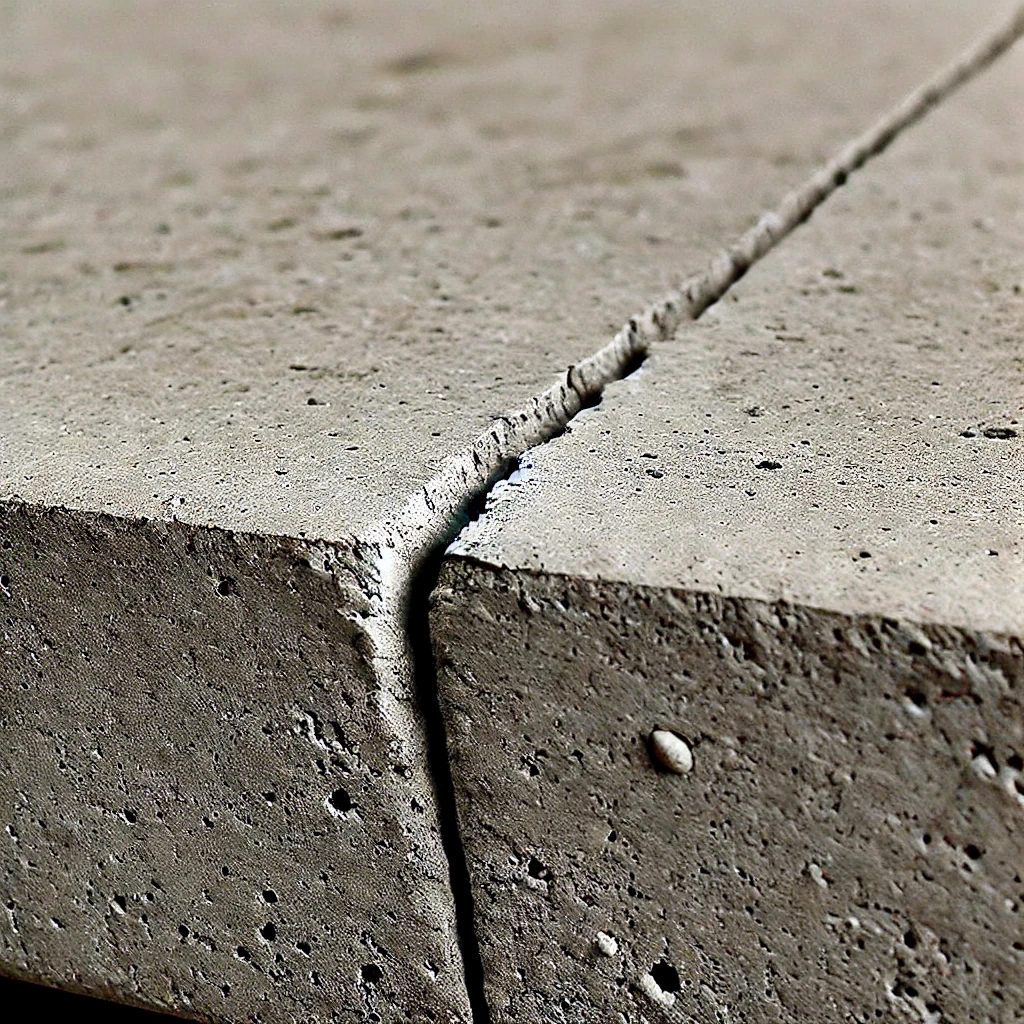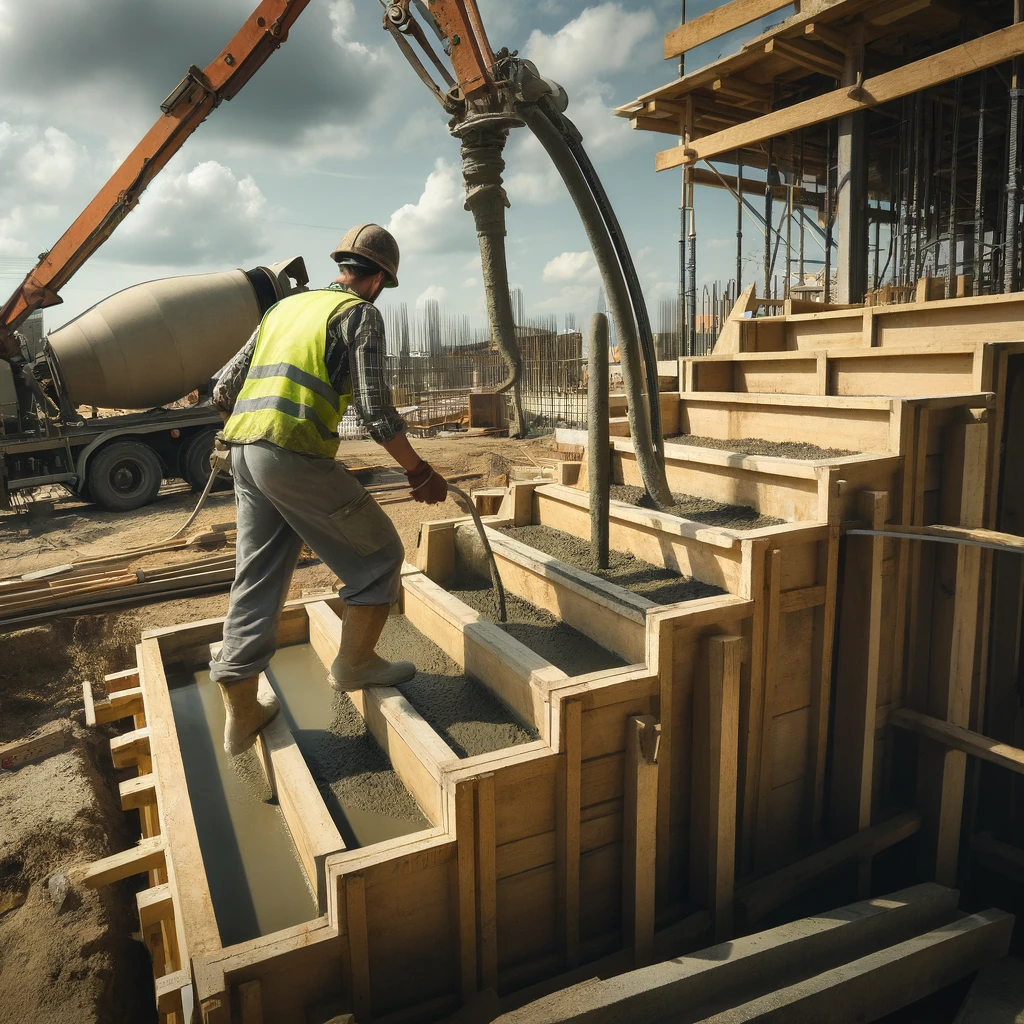Category: FAQ’s
-

Comprehensive Analysis of Concrete Staining Techniques for 2025
As of May 28, 2025, concrete staining remains a pivotal technique for enhancing the aesthetic and functional qualities of concrete surfaces, particularly for residential projects like driveways, patios, and walkways. This analysis, tailored for small family businesses, explores the main staining techniques, their applications, and the latest trends shaping the industry. By understanding these methods,…
-

Air Entrainment in Concrete: Benefits, Challenges, and Practical Implications
Key Points Air Entrainment Benefits and Drawbacks Air entrainment involves adding tiny air bubbles to concrete, enhancing its resistance to freezing and thawing, which is crucial for cold climates. It also makes concrete easier to work with during pouring. However, it can lower the concrete’s strength, with each 1% air increase potentially reducing strength by…
-

Understanding Alkali-Silica Reaction (ASR) in Concrete
Understanding Alkali-Silica Reaction (ASR) in Concrete Alkali-Silica Reaction (ASR) is a chemical reaction in concrete that can lead to significant deterioration, including cracking, expansion, and spalling. It occurs when the alkalis (primarily sodium and potassium) in the cement react with certain types of reactive silica found in aggregates, in the presence of moisture. This reaction…
-

Spalling Concrete in Depth
Key Points to Prevent Spalling in Concrete Preventing Spalling in Concrete Spalling in concrete, where the surface flakes or chips due to factors like freeze-thaw cycles, moisture, or chemical exposure, can be prevented with careful planning and maintenance. Here’s a clear guide for homeowners and builders: Mix Design and Materials Start with a concrete mix…
-

URM UnReinforced Masonry Building
Unreinforced masonry buildings (URM buildings) are structures made from bricks, stones, concrete blocks, or other masonry units that are not reinforced with steel bars (rebar) or other forms of internal support. These buildings rely solely on the weight of the masonry units and the mortar that binds them together for structural integrity. Key characteristics of…
-

Tofu Dreg Construction
Tofu Dreg construction is a term used to describe shoddy and substandard building practices. Originating from Chinese slang, it likens the poor quality of these constructions to the fragility of tofu, which is easily breakable and lacks structural integrity. Key characteristics of Tofu Dreg construction include the use of low-grade or inappropriate materials that do…
-

Cracks in Concrete
Cracks in concrete are a common issue influenced by various factors. According to Layang (2022), cracks are unavoidable but can be controlled in size. They are categorized into non-structural and structural types, caused by factors ranging from material properties to external loads. Abou-Zeid et al. (2007) explain that cracks can signify both minor and major…
-

Type IL Cement is Here to Stay
Type IL cement, also known as Portland-limestone cement (PLC), is increasingly being used in place of Type I/II cement for several reasons. Here are some key advantages of using Type IL cement over Type I/II cement: In summary, Type IL cement offers environmental benefits, improved workability, and comparable performance to Type I/II cement, making it…
-
Reviews – Testimonials
This is the company you want if you’re looking for reliability and consistency with product and delivery. They cater to all project sizes from backyard patios to major highway construction sites and even remote out-of-reach jobs that most guys wouldn’t even consider providing a bid for. This company has solid leadership and a strong team…
-

Calculator for Steps
Measuring steps for a concrete project involves several key steps to ensure accurate dimensions and proper construction. Here’s a step-by-step guide: